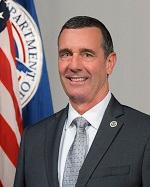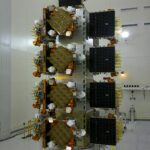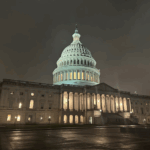
The Transportation Security Administration needs about $350 million annually devoted to the acquisition and deployment of advanced checkpoint baggage scanners to be able to accelerate the fielding of the technology, the agency’s top official said on Wednesday. With current budgets, to purchase and deploy 2,400 or more checkpoint computed tomography (CT) will take “a very, very long time,” TSA Administrator David Pekoske told the House Homeland Security Committee in response to a question from Rep. John Katko (R-N.Y.), the ranking…

 By
By 











